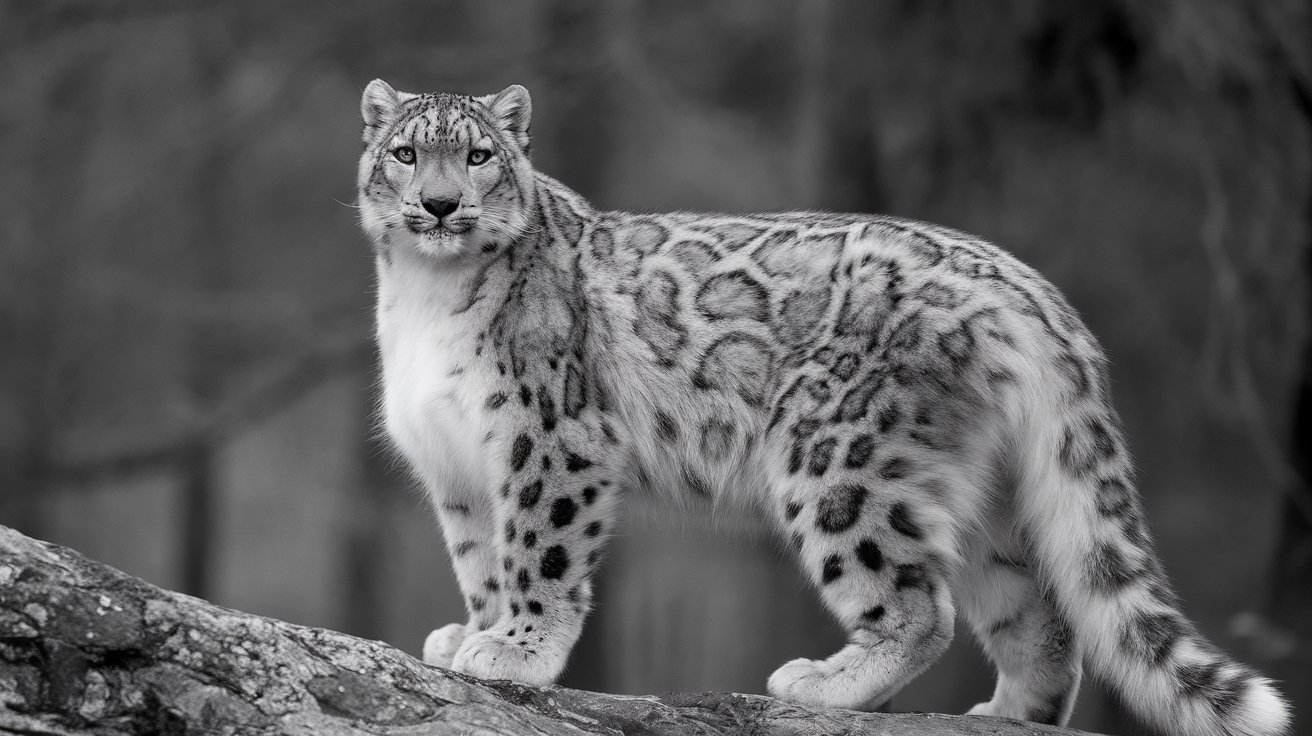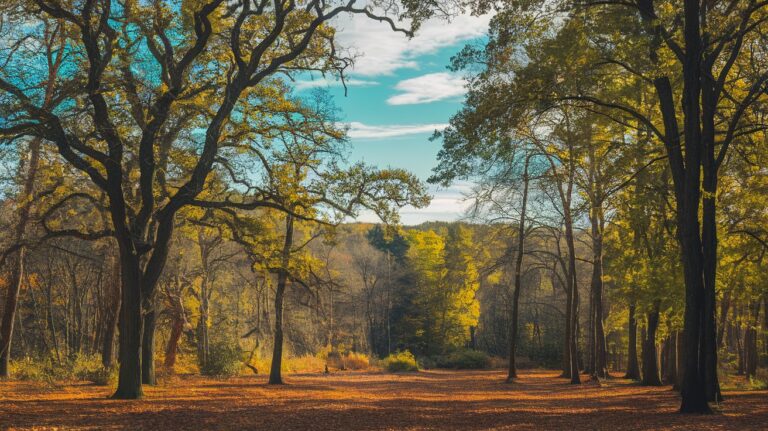Top 15 Endangered Species Examples: Critical List 2025
The world faces an unprecedented biodiversity crisis with thousands of species on the brink of extinction. Currently, over 41,000 species are listed as threatened on the IUCN Red List, representing the most comprehensive endangered species examples database. From majestic big cats to marine giants, these critically endangered animals require immediate conservation action to survive beyond 2025.
Most Critically Endangered Mammals
Mammalian species face severe population declines due to habitat destruction, poaching, and climate change. The most endangered animals in this category have populations often numbering in the hundreds or fewer. These flagship species represent broader ecosystem health and require urgent conservation intervention to prevent extinction within the next decade.
Current data from 2024-2025 shows alarming trends across multiple mammalian families. The combination of human encroachment, illegal wildlife trade, and environmental degradation has pushed several species to critically endangered status. Understanding these threats is essential for developing effective protection strategies.
Amur Leopard Population Crisis
The Amur leopard represents one of the world’s rarest big cats with approximately 120-140 individuals remaining in the wild as of 2024. Native to the Russian Far East and northeastern China, this subspecies faces extinction due to habitat fragmentation, prey depletion, and illegal hunting. Conservation efforts in the Land of the Leopard National Park have shown modest population increases, but the species remains critically endangered with extremely limited genetic diversity.
Sunda Tiger Conservation Status
Indonesia’s Sunda tiger population has declined to fewer than 400 individuals, making it one of the most endangered tiger subspecies. Deforestation for palm oil plantations and human-wildlife conflict drive population losses across Sumatra. Recent surveys indicate continued habitat loss of 6% annually, threatening the survival of this apex predator. The species serves as an umbrella species for Sumatran rainforest conservation, protecting countless other endangered species examples within these ecosystems.
Critically Endangered Primates
Endangered primate species face unique challenges due to their slow reproductive rates and complex social structures. These intelligent mammals require large territories and specific habitat conditions, making them particularly vulnerable to human activities. The loss of tropical forests continues to drive primate populations toward extinction at an unprecedented rate.
Conservation organizations report that over 60% of primate species face some level of extinction threat. The combination of logging, agriculture expansion, and bushmeat hunting has created a perfect storm for primate decline. Mountain gorillas and orangutan species exemplify the urgent need for habitat protection and community-based conservation programs.
Mountain Gorilla Recovery Efforts
The mountain gorilla population has shown remarkable recovery, increasing from 620 individuals in 1989 to approximately 1,070 in 2024. This success story demonstrates how dedicated conservation efforts, community involvement, and ecotourism can reverse species decline. Located in the Virunga Mountains of Rwanda, Uganda, and Democratic Republic of Congo, these magnificent primates continue to face threats from habitat encroachment and civil unrest.
Bornean Orangutan Population Decline
The Bornean orangutan has experienced a catastrophic 50% population decline over the past 60 years, with current estimates of 104,000 individuals remaining. Palm oil expansion, logging, and forest fires have destroyed critical habitat across Borneo. This great ape serves as a flagship species for tropical rainforest conservation, with their protection benefiting hundreds of other forest-dwelling species in one of the world’s most biodiverse ecosystems.
Marine Endangered Species Examples
Ocean ecosystems harbor numerous critically endangered species facing threats from pollution, overfishing, and climate change. Marine animals often cross international boundaries, requiring coordinated global conservation efforts. Rising sea temperatures and ocean acidification compound traditional threats, creating new challenges for marine conservation.
The hawksbill turtle and various whale species exemplify marine conservation challenges. These animals face threats throughout their life cycles, from nesting beaches to feeding grounds thousands of miles away. Recent data shows alarming population trends for several marine species, necessitating immediate protective measures.
Hawksbill Turtle Nesting Decline
The hawksbill turtle population has declined by over 80% in the past century, with fewer than 25,000 nesting females worldwide. These critically endangered sea turtles face threats from illegal tortoiseshell trade, coastal development, and plastic pollution. Climate change affects nesting beaches and alters sex ratios, as warmer sand temperatures produce more female offspring. Conservation programs focus on protecting nesting sites and reducing bycatch in fishing operations.
Yangtze Finless Porpoise Conservation
China’s Yangtze finless porpoise represents one of the world’s most endangered cetaceans, with approximately 1,012 individuals remaining as of 2024. This freshwater species faces extinction due to dam construction, ship traffic, pollution, and overfishing in the Yangtze River system. Conservation efforts include establishing nature reserves and relocating populations to safer waters, but the species remains critically endangered.
African Endangered Wildlife
Africa’s endangered animal list includes iconic species that define the continent’s natural heritage. The illegal wildlife trade, particularly for rhino horn and elephant ivory, drives rapid population declines. Climate change and human population growth increase pressure on remaining wildlife habitats across sub-Saharan Africa.
African forest elephants and black rhinos represent flagship species whose conservation impacts entire ecosystems. These megafauna serve as ecosystem engineers, creating and maintaining habitats that support countless other species. Their decline triggers cascading effects throughout African ecosystems.
Black Rhino Population Status
The black rhino population has shown gradual recovery from near extinction, increasing from 2,410 individuals in 1995 to approximately 6,195 in 2024. Despite this progress, the species remains critically endangered due to continued poaching pressure for horn trade. Namibia, South Africa, and Kenya host the largest populations, with intensive anti-poaching efforts and translocation programs supporting recovery efforts.
African Forest Elephant Crisis
The African forest elephant has experienced a devastating 86% population decline over 31 years, with fewer than 415,000 individuals remaining. These smaller elephants play crucial roles as seed dispersers in Central African rainforests. Ivory poaching and habitat conversion for agriculture continue to drive population losses. Recent genetic studies confirm forest elephants as a distinct species, requiring specialized conservation strategies.
Understanding Endangered Species Classification
The International Union for Conservation of Nature (IUCN) Red List provides the global standard for endangered species examples classification. Species are categorized from Least Concern to Extinct, with Critically Endangered representing the highest risk category before extinction. This scientific framework guides conservation priorities and funding allocation worldwide.
Threatened species include three risk categories: Vulnerable, Endangered, and Critically Endangered. Each classification reflects specific population size, decline rate, and habitat range criteria. Understanding these distinctions helps prioritize conservation efforts and allocate limited resources to species facing imminent extinction.
Big Five Endangered Status
Among Africa’s legendary Big Five game animals, three species face significant extinction risks. The African lion has declined by 43% since 1993, while leopards have lost 75% of their historical range. African elephants, split into two species, both face severe population pressures from ivory poaching and habitat loss.
Only Cape buffalo and white rhinos maintain relatively stable populations, though white rhinos face genetic bottlenecks from past population crashes. The Big Five endangered status reflects broader conservation challenges across African wildlife, highlighting the need for comprehensive ecosystem protection rather than single-species approaches.
Current Endangered Species Statistics
Global endangered species statistics for 2024-2025 reveal alarming trends across all taxonomic groups. The IUCN Red List currently includes 44,016 species threatened with extinction, representing 28% of all assessed species. Vertebrates show particularly concerning decline rates, with 40% of amphibians, 25% of mammals, and 14% of birds facing extinction risk.
In the United States specifically, 1,662 species are listed under the Endangered Species Act as of 2024. The most endangered animals include the Florida panther (120-230 individuals), North Atlantic right whale (340 individuals), and California condor (over 500 individuals including captive populations). These numbers demonstrate both conservation successes and ongoing challenges in wildlife protection.
Conservation Success Stories
Several endangered species examples demonstrate successful conservation outcomes through dedicated protection efforts. The California condor population increased from 27 individuals in 1987 to over 500 today through captive breeding programs. Gray wolves have recolonized parts of their historic range following Endangered Species Act protection.
Humpback whale populations have recovered dramatically since commercial whaling bans, with several populations removed from endangered species lists. These conservation success stories provide blueprints for protecting other threatened species and demonstrate that well-funded, science-based conservation programs can reverse extinction trends even for critically endangered species.
Related video about endangered species examples
This video complements the article information with a practical visual demonstration.
FAQ – Common Questions
What is the most endangered animal in 2025?
The Amur leopard is considered the most endangered big cat with only 120-140 individuals remaining in the wild. However, the vaquita porpoise in Mexico’s Gulf of California may be the most critically endangered mammal overall, with fewer than 30 individuals surviving as of 2024.
How many endangered species are there worldwide?
According to the IUCN Red List, over 44,000 species are currently threatened with extinction worldwide as of 2024. This includes approximately 8,400 critically endangered, 15,600 endangered, and 20,000 vulnerable species across all taxonomic groups including mammals, birds, reptiles, amphibians, fish, and invertebrates.
Which of the Big 5 animals are endangered?
Three of Africa’s Big Five are endangered: African lions (vulnerable to endangered depending on population), leopards (near threatened to vulnerable), and African elephants (critically endangered for forest elephants, endangered for savanna elephants). Cape buffalo and white rhinos maintain more stable populations, though white rhinos face genetic concerns.
What are the top 10 most endangered animals?
The top 10 most endangered animals include: Amur leopard (120-140), vaquita porpoise (under 30), Javan rhino (70), Sumatran orangutan (14,000), hawksbill turtle (25,000 nesting females), Sunda tiger (400), mountain gorilla (1,070), black rhino (6,195), Asian elephant (40,000-50,000), and snow leopard (4,000-6,500). These numbers represent current population estimates as of 2024.
What causes species to become endangered?
The primary causes of species endangerment include habitat destruction and fragmentation (affecting 85% of endangered species), overexploitation through hunting and fishing, pollution including plastic waste and chemicals, invasive species introduction, and climate change impacts. Human population growth and economic development drive most of these threatening factors worldwide.
How effective is the Endangered Species Act?
The U.S. Endangered Species Act has prevented extinction of 99% of listed species since 1973, with 54 species recovered and delisted due to conservation success. The Act has been instrumental in protecting 1,662 species as of 2024, though full recovery often takes decades due to complex ecological and genetic factors affecting endangered populations.
| Species Category | Most Critical Examples | Conservation Priority |
|---|---|---|
| Big Cats | Amur Leopard (120-140), Sunda Tiger (400) | Habitat protection, anti-poaching |
| Primates | Sumatran Orangutan (14,000), Mountain Gorilla (1,070) | Forest conservation, ecotourism |
| Marine Species | Hawksbill Turtle (25,000), Vaquita Porpoise (30) | Fisheries regulation, plastic reduction |
| African Megafauna | Black Rhino (6,195), Forest Elephant (415,000) | Anti-trafficking, corridor protection |






